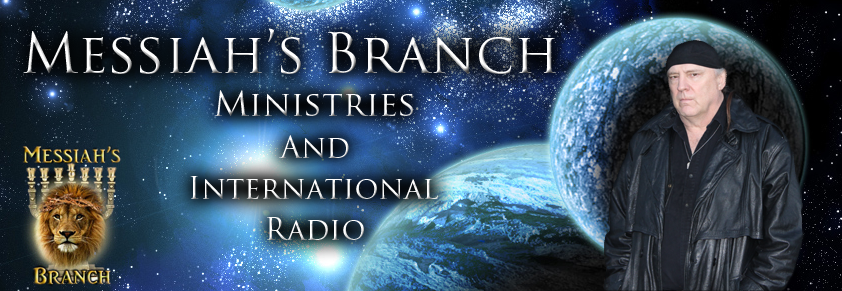https://bigthink.com/13-8/alien-seti-smart-search-for-life/
Copy a link to the article entitled http://SETI’s%20search%20for%20alien%20life%20has%20entered%20a%20new%20era
The Search for Extraterrestrial Intelligence, or SETI, has come a long way.
I write these words an hour before the beginning of the first Penn State SETI symposium, a four-day meeting that marks another turning point in the search for intelligent life in the Universe. There is a profound shift occurring in a field that for most of its existence did not get a lot of respect or support — although it did always get a huge share of public attention.
So what has changed? And how will it change the way we search for extraterrestrial intelligence?
Tuning in to alien frequencies
SETI was born through the pioneering work of astronomer Frank Drake in 1960. That year Drake used the big radio dish at NRAO to look for signals of technological origin emanating from nearby Sun-like stars. It was an audacious and brilliant effort. It also encouraged a small group of pioneering scientists to figure out the best ways to conduct a search that had a huge parameter space — in other words, the Universe was a giant haystack, and they had to find the needle. Designing SETI searches forced these researchers to consider a range of different issues. Which stars do you look at? How often do you look? (Do you try the same target every hour, every day, every month?) What frequency do you choose? (Your radio dial has lots of options, but SETI has a million times more.)
A bigger challenge is that there has never been much funding for SETI. While NASA did provide some money in the 1960s and 1970s, that dried up in the 1980s. Part of this was because SETI could trigger a giggle factor in some people. SETI scientists had to have thick skins. In practice, this means there simply has not been much SETI done. Anyone who tells you that we have looked for alien civilizations and have not found any is speaking from ignorance. We have barely even started lookingOK, that is the history. What’s going on now?
SETI is no longer just a guessing game
The most important shift was the discovery in 1995 of planets orbiting other stars. The existence of so-called exoplanets had been debated since the ancient Greeks. Since we believe life needs a surface (or an ocean) on a planet to get going, finding these new worlds changed everything. The first discovery soon turned into an avalanche of discoveries. With more than 5,000 exoplanets discovered, we now know for certain that statistically speaking, every star hosts a family of planets. About one in five stars has a planet in the so-called Goldilocks zone, or habitable zone, where conditions are favorable for life to form.
Why did this change SETI? Because it took out a load of guesswork. When choosing his targets, Drake had to guess where he should point the radio telescope. Knowing which stars have planets in the Goldilocks zone means that we now know exactly where to look.
